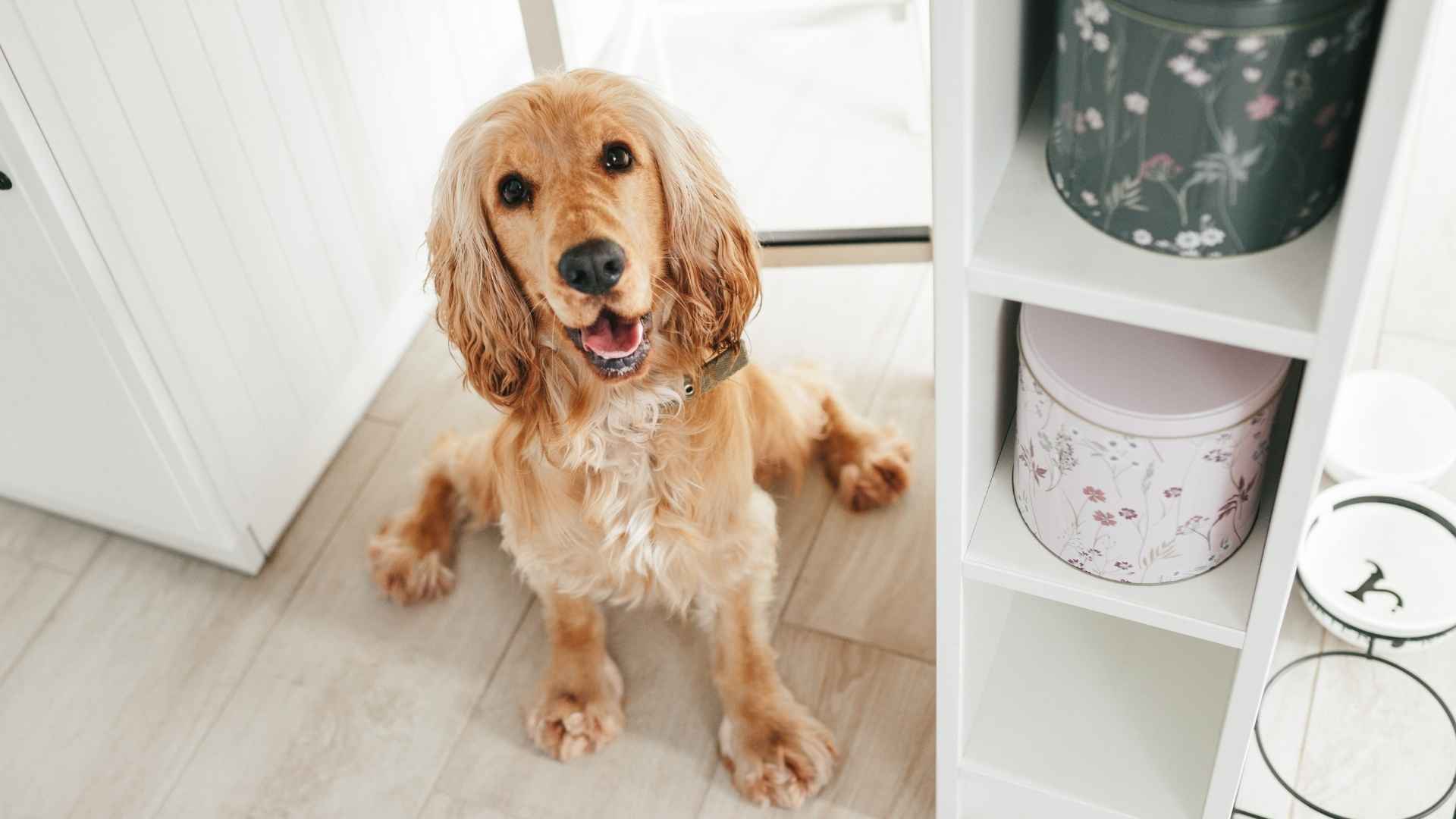Have you ever walked into your kitchen and wondered, “Why is that drawer open?” You look around and spot a trail of crumbs, a half-eaten snack, and your furry friend pretending they had nothing to do with it.
Dogs don’t just love food—they live for it. And some smart dog breeds are able to open drawers, climb chairs, and plan snack heists like pros.
If you’ve ever caught your pup acting suspicious near the treat drawer, you’re not alone. These pups have mastered the art of food-hunting, and their appetite knows no bounds. They don’t just wait for their next meal—they go looking for it.
Let’s explore the top 7 dog breeds that open drawers to find their snacks—and how to outsmart these sneaky snack lovers.
Dog Breeds That Open Drawers to Find Their Snacks
1. Beagle
As per AKC, not only is the Beagle an excellent hunting dog and loyal companion, but it is also happy-go-lucky and funny, thanks to its pleading expression.
Due to their use for hunting, their nose guides them to food, drawers, and anything that smells tasty. These dogs often display clever behavior, especially when they’re hungry.
With their strong sense of smell and big appetite, Beagles tend to bury their heads into drawers or kitchen cabinets. They’re one of the most food-obsessed dog breeds.
Beagles often pull open drawers using their paws or noses, looking for snacks like cooked meat or dog food. To manage their strong appetite, feed them healthy portions, avoid high-butter treats, and monitor their feeding times.
Beagles, like most dogs, can overeat if not measured properly, so it’s best to consult your vet for a good feeding plan.
2. Labrador Retriever
As per Purina, Labradors are sturdy dogs with a wide head, tapered tail, and a dense, water-repellant double coat. They love food—sometimes too much for their own good.
As one of the most popular dog breeds, Labs are also known for sneaking into snack drawers. These smart pups quickly figure out how to press or slide open drawers.
Labradors tend to eat anything in sight, including human meals, dog treats, and even butter wrappers. Their behavior is often motivated by a never-ending appetite and curiosity.
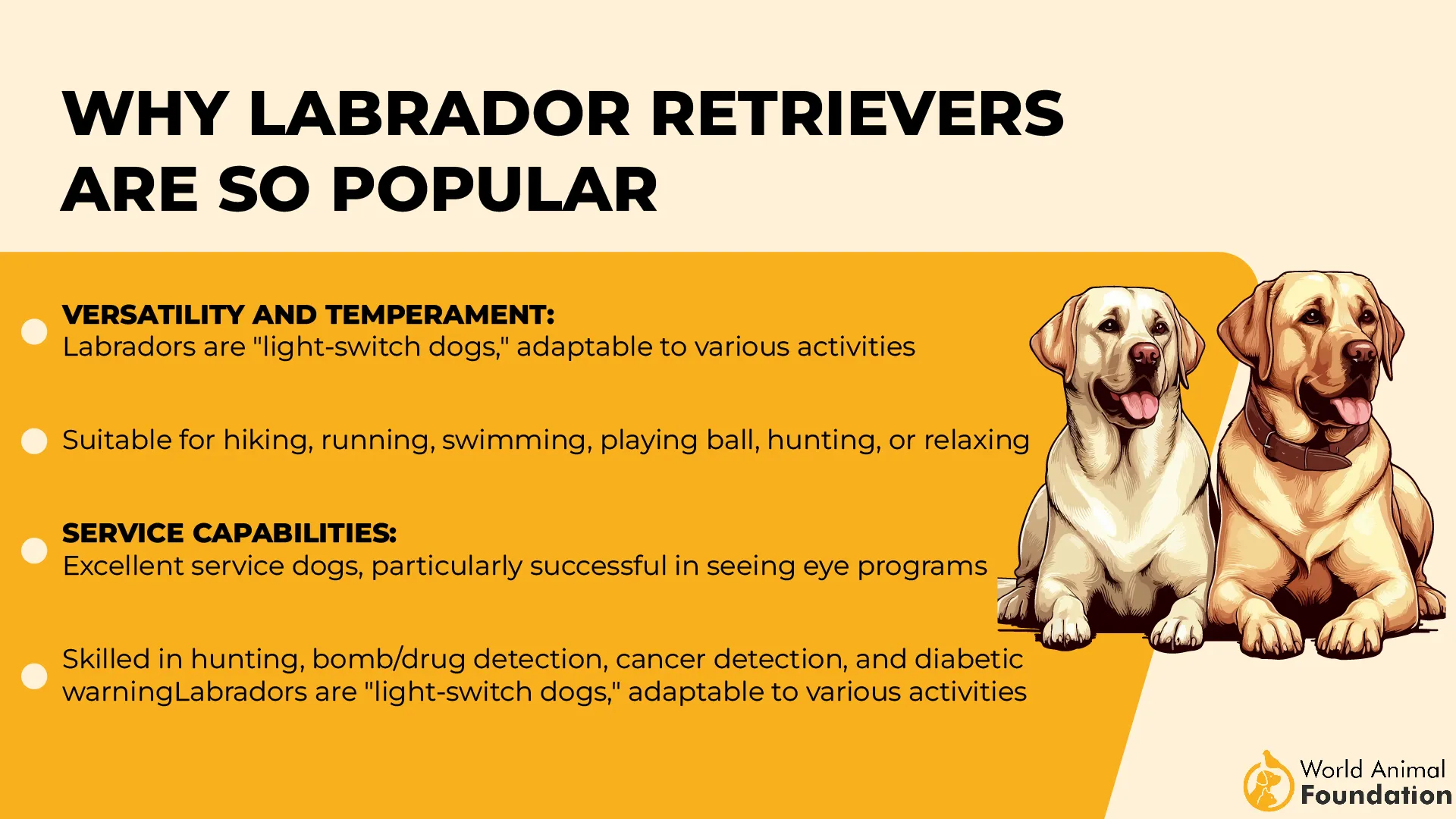
These dogs require consistent feeding routines. Use healthy, protein-rich food and secure food storage to keep them from helping themselves to the next meal.
Keep bowls filled only during feeding time. Labradors also tend to explore the house and find food left behind by kids or other pets, so stay alert.
3. Golden Retriever
As per Britannica, the Golden Retriever is known for its thick, golden-brown coat and for its gentle nature. But they’re also snack detectives. These dogs use their paws and noses to pull drawers and get to tasty surprises. Goldens don’t just ask for treats—they figure out how to get them.
They tend to mimic human actions, pulling open pantry doors or sneaking food left on the ground. Goldens among breeds with a strong desire to eat, often more food than needed.
Stick to a regular feeding schedule. Avoid sugary snacks, and consult your vet if your dog begins hiding treats or gaining weight quickly.
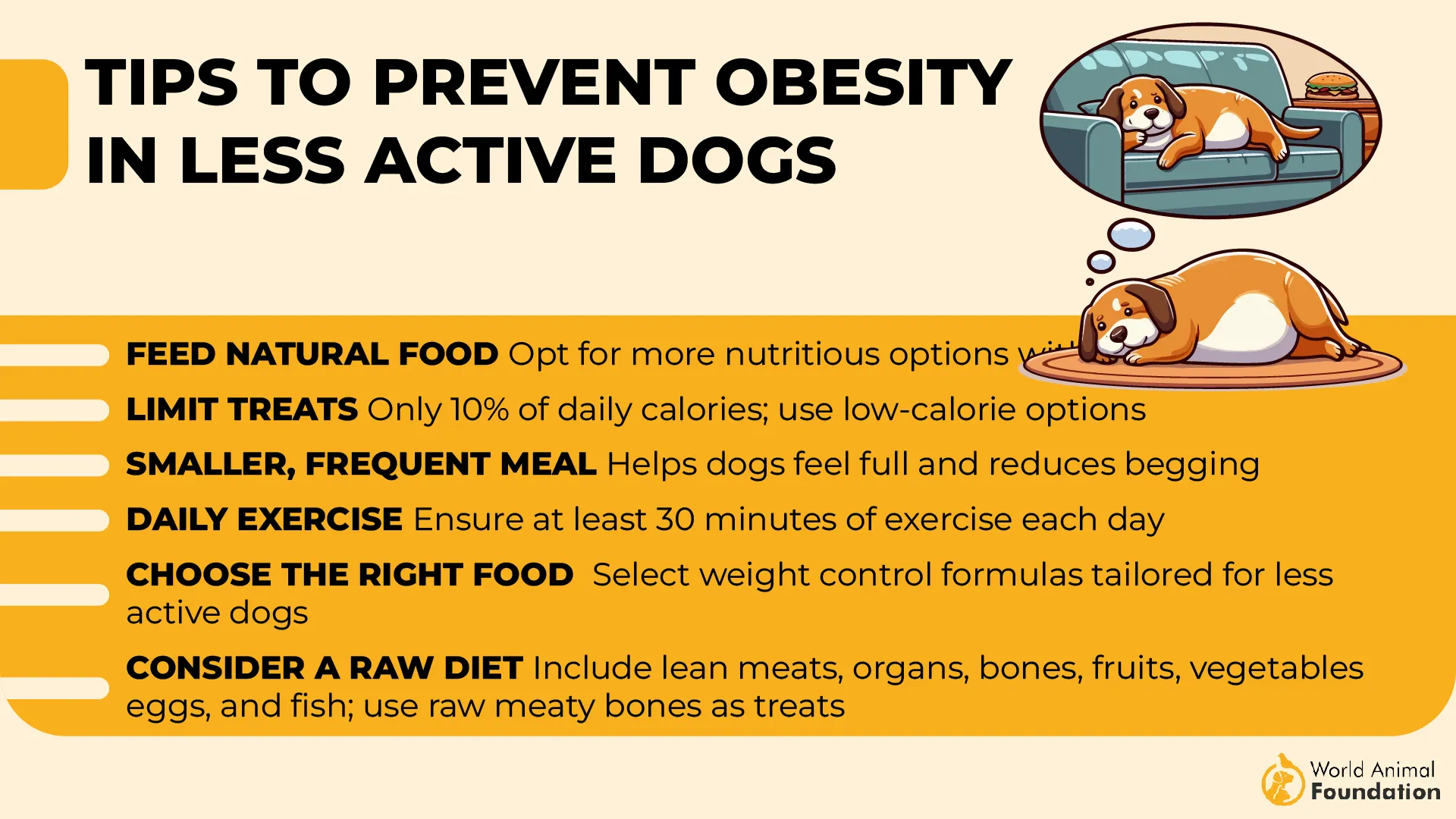
These smart dog breeds have food-driven behavior that may be cute, but it needs to be controlled. Consider offering puzzles that require problem-solving before they can eat their meal to keep their mind active.
4. Pembroke Welsh Corgi
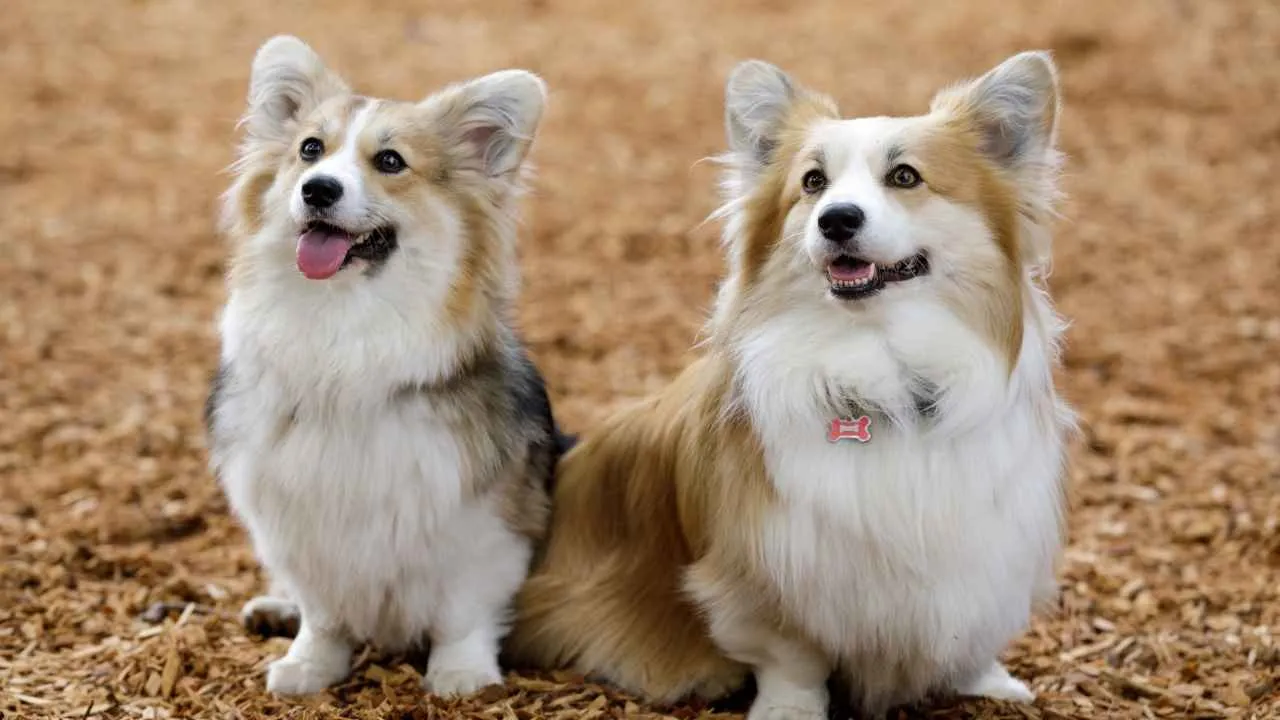
Corgis are intelligent, brave dog breeds known for their persistence. Though small in size, they’re mighty when it comes to sniffing out snacks. These pups tend to press paws into lower drawers or pull cabinet doors using sheer determination.
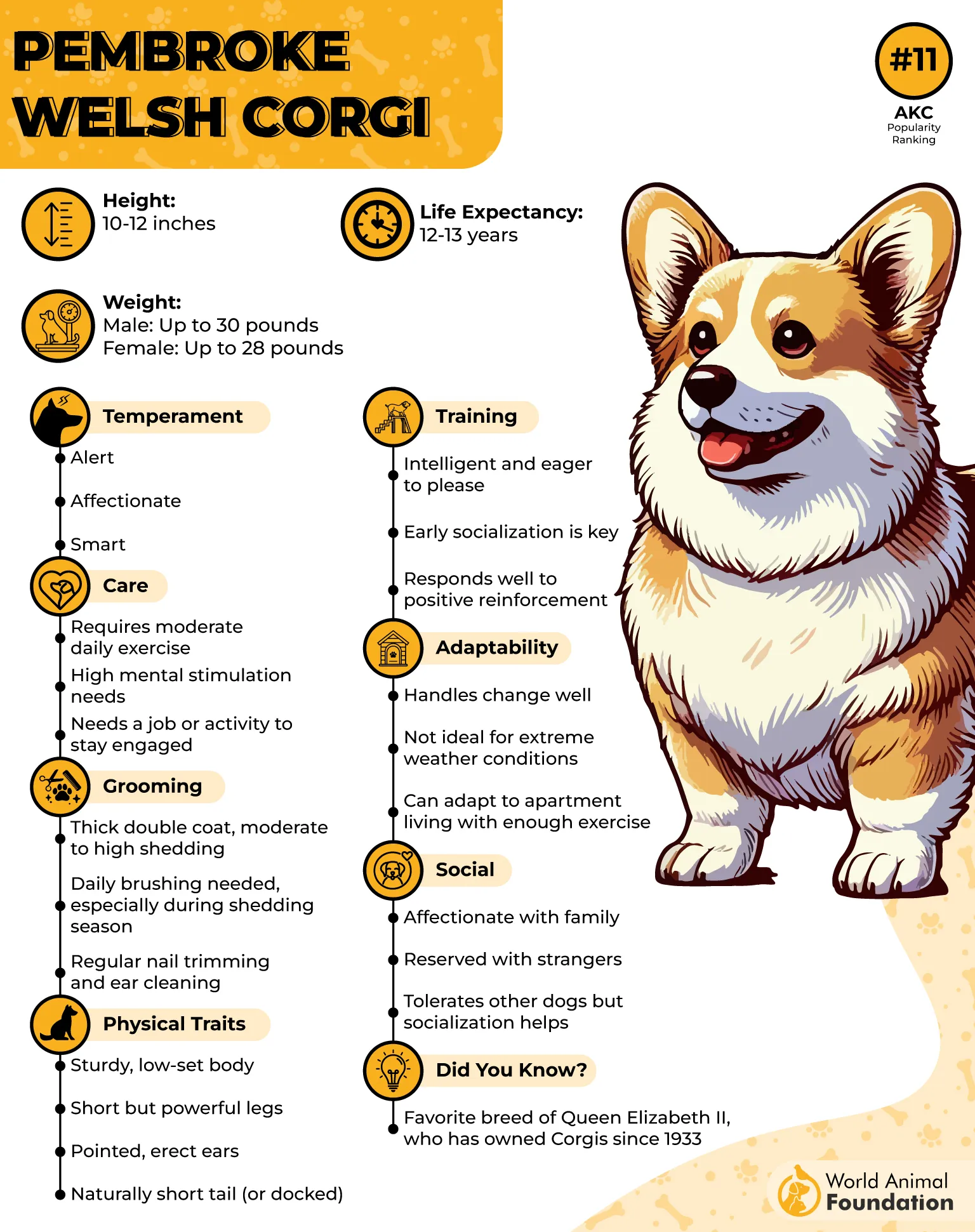
Corgis are motivated by food and prone to overfeeding if left unsupervised. They often display funny yet tricky behavior, like using chairs to reach higher drawers.
To protect your pup and your snack stash, use drawer locks and avoid putting cooked chicken or buttered treats where they can smell them. Feeding them healthy, vet-approved dog food helps avoid obesity. Corgis also tend to eat too fast, so use a slow-feeding bowl to help regulate their appetite.
5. French Bulldog
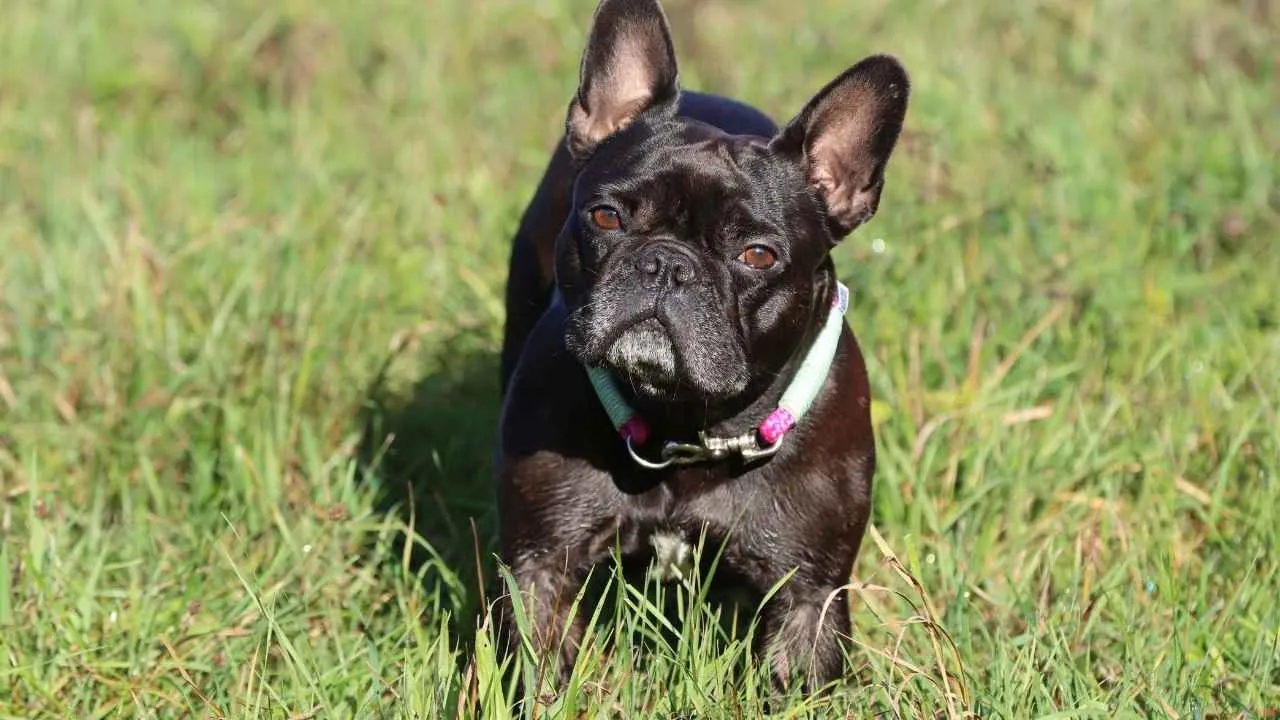
Frenchies are popular city dogs because they do not require a lot of outdoor exercise. Moreover, they may not be tall, but they’re masters of drawer access.
Their compact frame allows them to reach ground-level storage, and their love of food does the rest. These dogs tend to act slowly and purposefully when pulling open doors.

Frenchies as top snack seekers. They enjoy finding hidden treats, often pulling wrappers from the floor or ground-level drawers.
Give them small, healthy meals and avoid leaving leftovers unattended. Their stubborn streak may lead them to consume foods that could upset their stomach.
Consulting your vet for ideal feeding habits can prevent food-related health risks. Also, limit snacks from the table—what may be fine for humans isn’t always safe for dogs or other pets.
6. Basset Hound
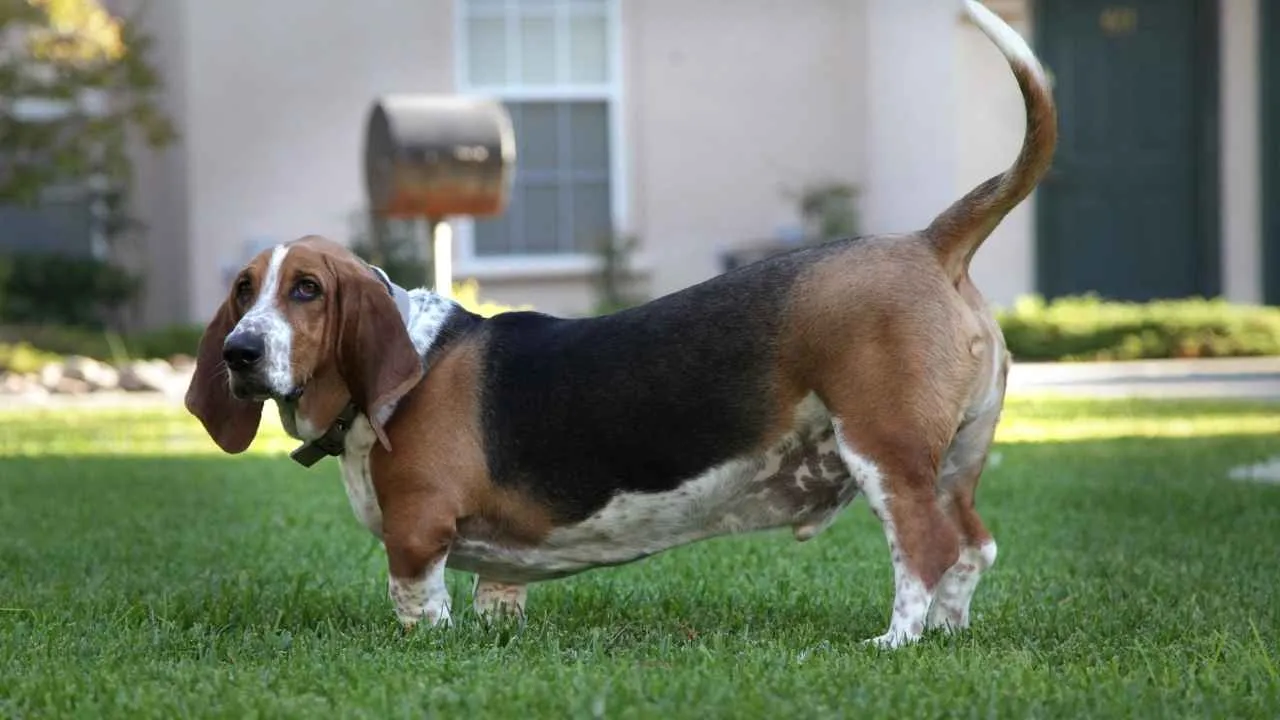
With a nose that never quits, the Basset Hound is a professional food detective. These dogs will press their heads into drawers or dig around kitchen corners in search of their next meal.
Known for their slow but steady behavior, they tend to explore drawers that hold treats, buttered toast, or cooked meat. They are among the dogs most likely to sneak snacks.
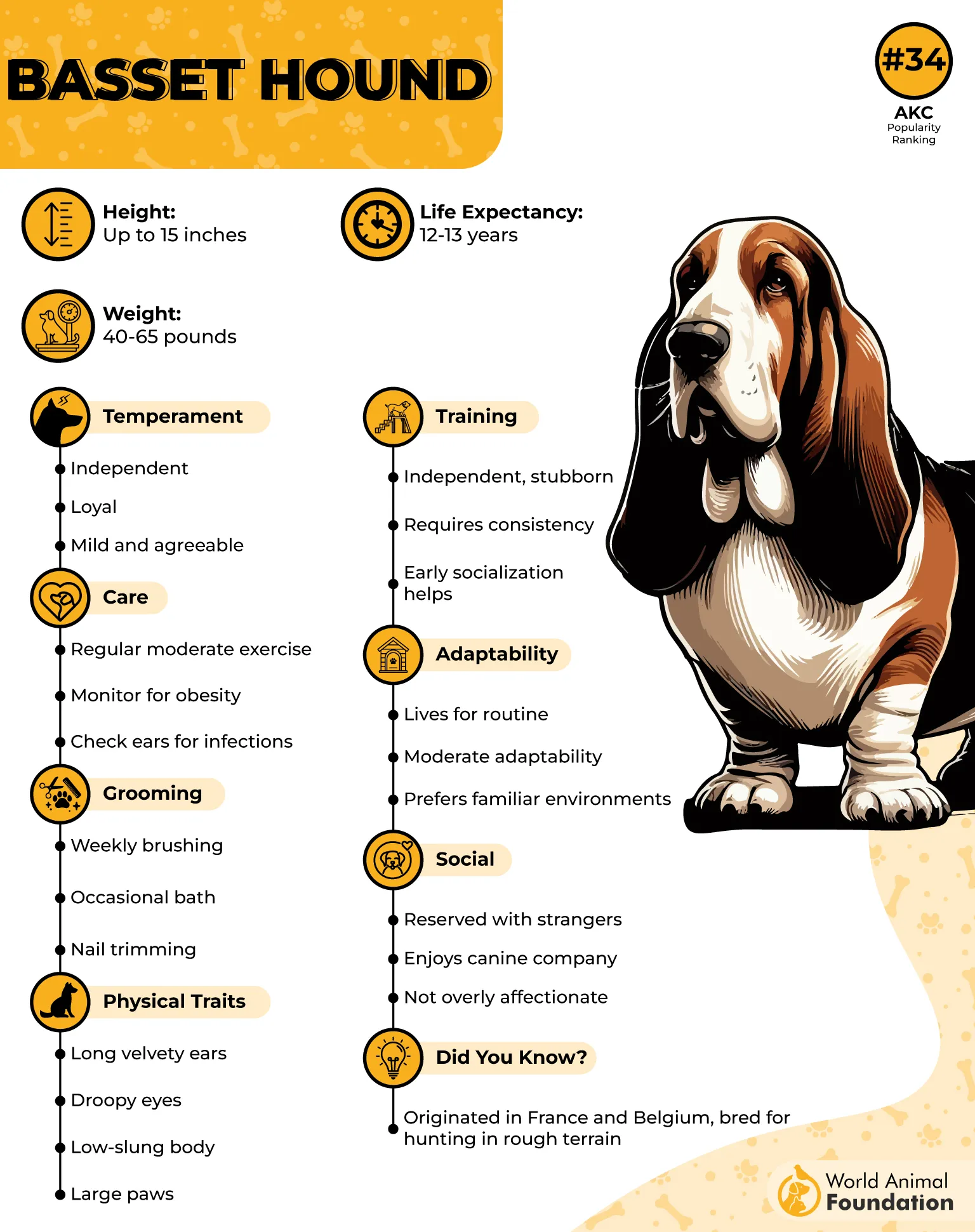
Because of their lower energy level, overeating can lead to serious health issues. Limit treats, feed them healthy dog food, and use sealed containers to store food safely.
A food puzzle or bowl that slows eating is also a smart idea. Keep the feeding area separate from the main room to reduce temptation.
7. Pug

Pugs are funny, food-driven pets with a knack for sneaking into snack drawers. These little pups use their paws to pull open cabinets and search for treats like chips, meat, or even vanilla cookies.
They are one of the most snack-obsessed dog breeds. Pugs tend to eat quickly and don’t always know when to stop, which can become a risk if not managed.
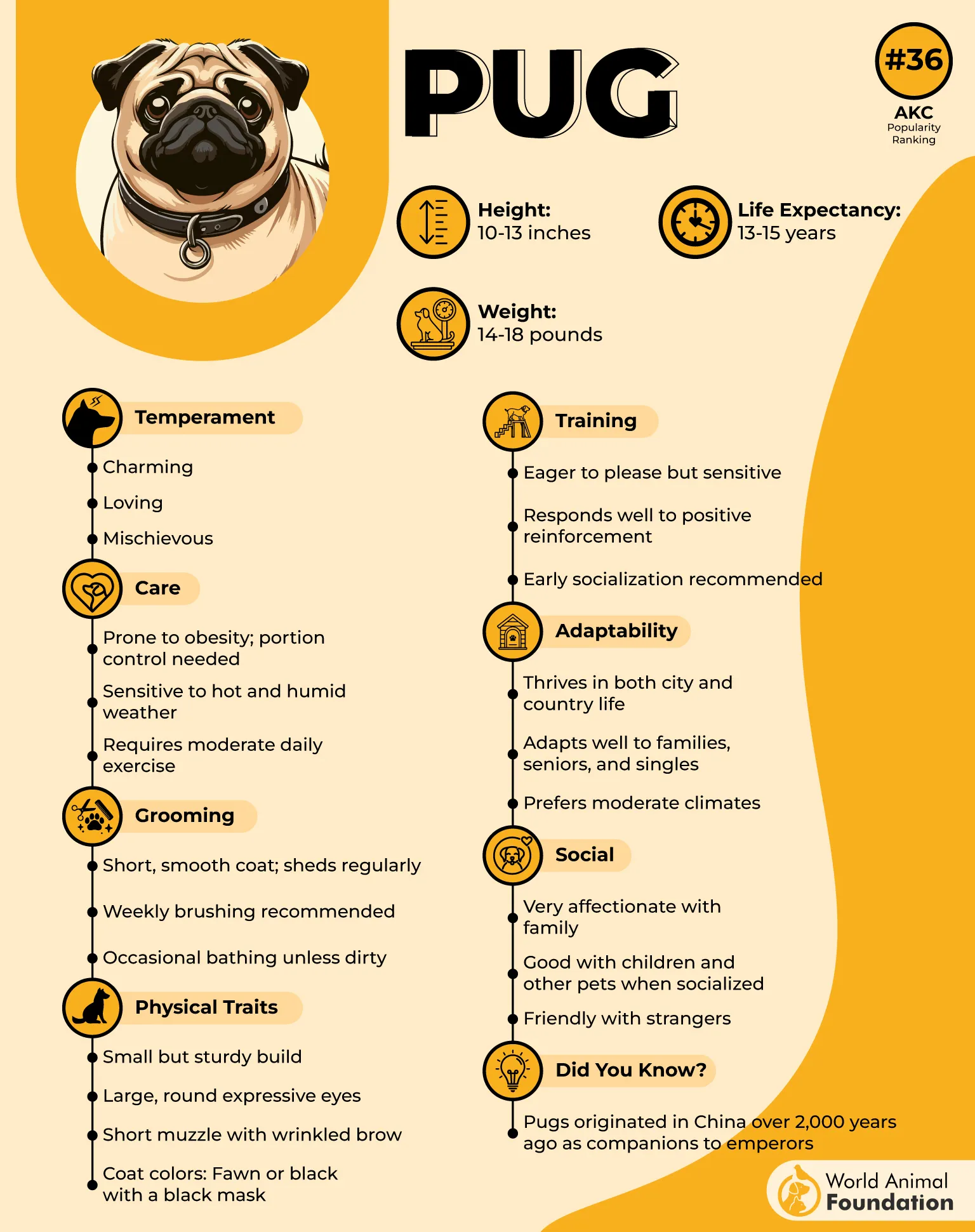
Offer small, protein-rich meals, avoid sugars, and monitor their feeding behavior. Drawer locks can help stop their curious paws. Their actions are funny, but too many snacks can lead to weight problems. It’s also a good idea to consult your vet if your pug starts acting overly hungry between meals.
Conclusion
From Beagles to Pugs, these drawer-opening dogs are smart, sneaky, and always hungry. If you live with one of these breeds, keeping drawers locked and meals controlled isn’t just helpful—it’s necessary.
Dogs tend to act on instinct when they’re hungry. It’s important to create a feeding routine, store food safely, and consult your vet about healthy portions. Drawer-opening might seem harmless, but it can put your pup at risk if they consume unsafe snacks or human food not meant for pets.
Still, we love these clever pets for their goofy behavior and adorable persistence. Even if they do pop open a drawer or two, they’re just being dogs—motivated by food and full of love. For your dog’s own good, keep a watchful eye and a secure snack stash.


